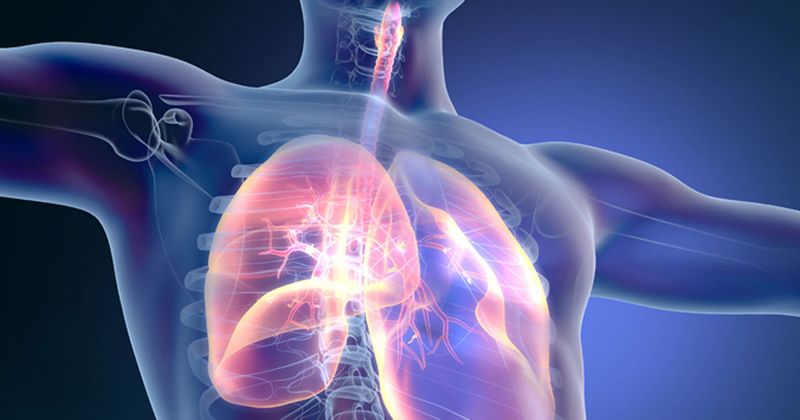New negative-pressure ventilatory support device shows promise in small study
A novel negative-pressure ventilator supported spontaneous ventilation in conscious, healthy adults and allowed good nursing and monitoring support, according to results of a small study published in Anaesthesia.
The negative-pressure ventilator could provide additional treatment options for patients with respiratory failure, including those with COVID-19.

The Exovent negative-pressure ventilatory support system task force formed in March 2020 in response to the COVID-19 pandemic. The task force comprised anesthetists, critical care consultants, nurses, clinicians, engineers, academics, scientists and manufacturers, according to a press release.
“We formed a development group of engineers, doctors and nurses to design and produce a convenient, ultra-lightweight device that encloses that torso from neck to hips,” Malcolm Coulthard, MD, from the Translational and Clinical Research Institute at Newcastle University, U.K., and colleagues wrote. “This project resulted in the creation of the Exovent negative-pressure ventilatory support system.”
Negative pressure is less intrusive and more like normal breathing compared with positive-pressure ventilation or CPAP, according to the release.
The Exovent system is noninvasive and does not require anesthesia. Oxygen is delivered via a normal oxygen mask or nasal prongs, according to the release. The system features a chamber that consists of a base fitted onto a standard hospital bed and has a removable top that fits over the torso with neck and hip seals. A free-standing pump unit connects to the base and a control unit allows for pressure adjustment around the torso. The patients’ torso can be observed through a window and access through portholes that seal around the health care provider’s arms, according to the release.
Researchers tested the comfort, nursing acceptability and ventilatory support capabilities of the Exovent in six healthy adult volunteers (50% women) from the development team.
Researchers assessed the effect of continuous negative extra-thoracic pressure on functional reserve capacity and the efficacy of ventilation produced by both negative-pressure ventilation and negative end-expiratory pressure. All volunteers were tested in the supine position and three were tested in the prone position.
There was no change in tidal volumes from baseline with continuous extra-thoracic pressure. Functional reserve capacity increased by a mean of 1.1 mL/kg–1/cmH2O–1 (P = .0002). The researchers observed effective ventilation after combining negative-pressure ventilation and negative end-expiratory pressure; resting tidal volume was exceeded by –4 cmH2O of extra-thoracic negative pressure, according to the results.
The Exovent allowed good nursing and monitoring access by physicians, according to the researchers. All six volunteers deemed the experience to be comfortable in both the semi-recumbent and prone positions. The nurses in the study reported that the Exovent was easily positioned and removed by two people and allowed for easy access to the torso.
No volunteers experienced ventilator dyssynchrony.
“We found the Exovent to be a comfortable, practical, efficient and lightweight negative-pressure device that can deliver [continuous negative extra-thoracic pressure] and increases the [functional reserve capacity] in healthy volunteers in a manner that parallels CPAP,” the researchers wrote.
The researchers cited several limitations of the current study.
“This is the first study of a novel device and the data are from a small number of healthy volunteers and cannot be extrapolated to patients with lung pathology. In addition, our study only exposed individuals to up to 2 [hours] of treatment, whereas its anticipated use in the clinical setting would be for far longer periods,” the researchers wrote.
Further trials are required to investigate the clinical utility of the Exovent, especially among patients with COVID-19 during the current pandemic, according to the researchers.
